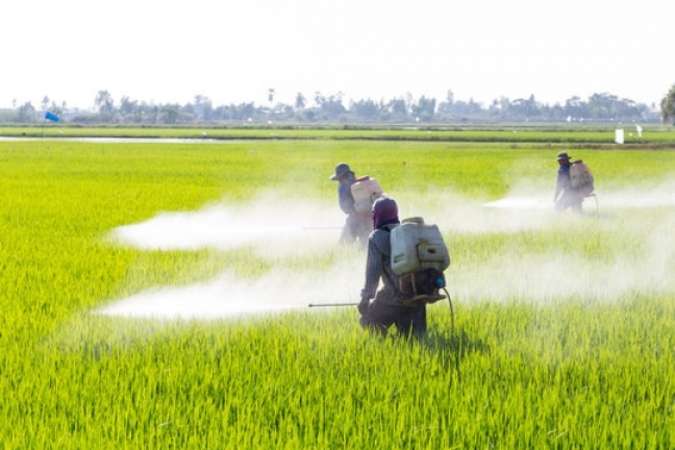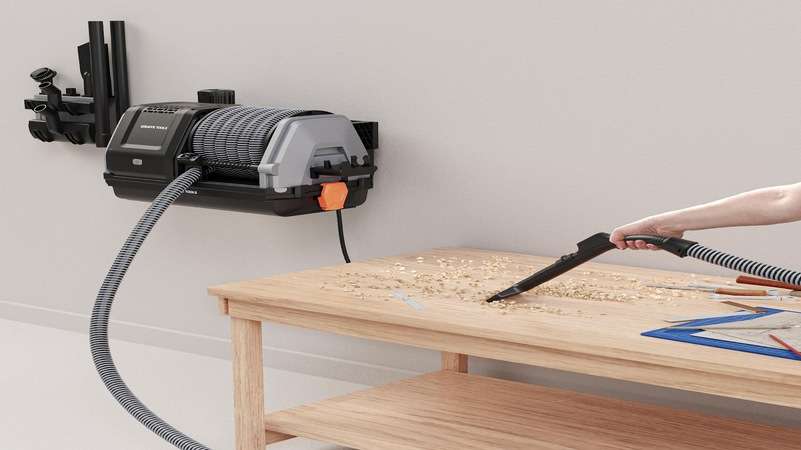It’s not uncommon for a water heater to use at least 20% of a home’s energy costs each month. But if your water heater is ancient, then cleaning or replacing it could mean big energy savings.
Cost can be an issue, but few things compare to the feeling of a nice hot shower and a warm bath, and those are difficult to give up. So, the question is, how do you strike that balance of enjoying your water heater without hurting your pocket?
We have here some tips for how to clean a hot water heater. That way, having a clean water heater will get you much savings.
Read on!
Prepare to Flush Your Water Heater
If your water heater is over 8 years old, or if you’ve never flushed it before, it’s time to do so. This simple maintenance task will prolong the life of your water heater and keep it operating at peak performance. Turn off the power to your water heater.
If it’s a gas water heater, turn off the gas. Remove the cold water inlet pipe from the water heater. Attach a garden hose to the drain valve and open it up and let the water run until it’s clear.
Clean the Water Heater
If you have an empty water heater, you can clean it with a brush and some vinegar. Vinegar is a mild acid that can help to remove any deposits that have built up on the inside of the water heater. When using vinegar, be sure to use a long-handled brush so that you can reach the bottom of the tank.
You may also need to use a plunger to get the vinegar down into the tank. After you have finished cleaning a hot water heater, be sure to rinse it out thoroughly with clean water.
Get the Cold Water Supply Activated
After turning off the power to the water heater, open the cold water shut-off valve to the “on” position. This will allow water to start flowing into the tank. Once the valve is open, turn on the water heater’s power supply.
You may need to reset the thermostat. Check the owner’s manual for your specific model. Watch the water heater’s pressure relief valve.
As the tank fills, water will start to come out of the valve. Once the tank is full, the valve will close and water will stop coming out.
Close the Drain Valve and the Faucets
After you finish cleaning your water heater, be sure to close both the drain valve and all the faucets in your home. This will prevent any residual water from causing problems or damaging your plumbing.
If you are not sure about what you are doing, you may want to check out these services.
Learn How to Clean a Hot Water Heater
If your water heater is starting to show signs of rust or you’re simply looking for a way to extend its lifespan, then you’ll want to clean it regularly. Luckily, the process of how to clean a hot water heater is relatively simple and only requires a few household supplies.
Be sure to follow the steps carefully and always consult your owner’s manual before beginning any maintenance on your water heater.
For more home maintenance DIY tips like this hot water heater cleaning guide, and other general reads, visit our blog page.
















